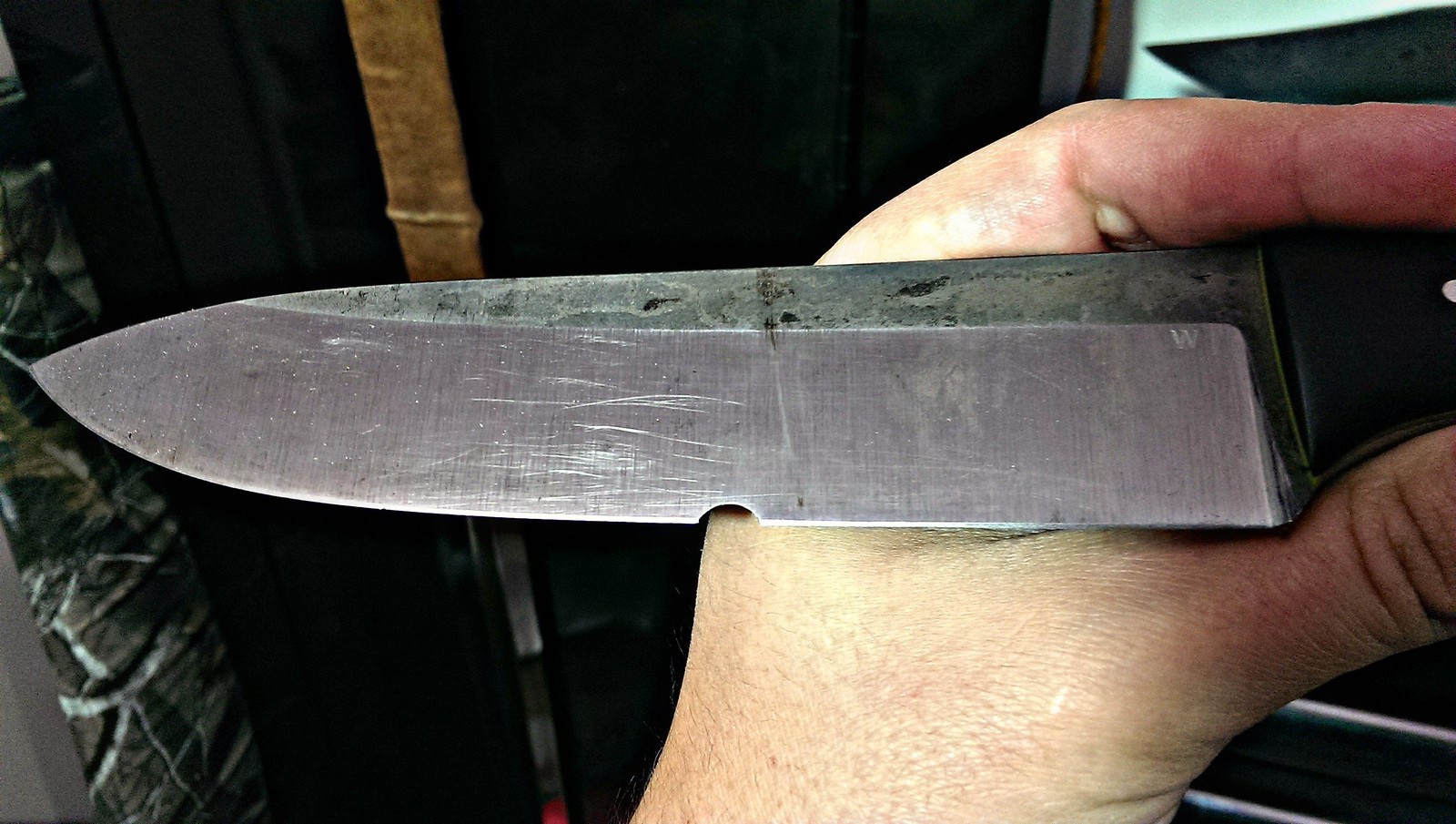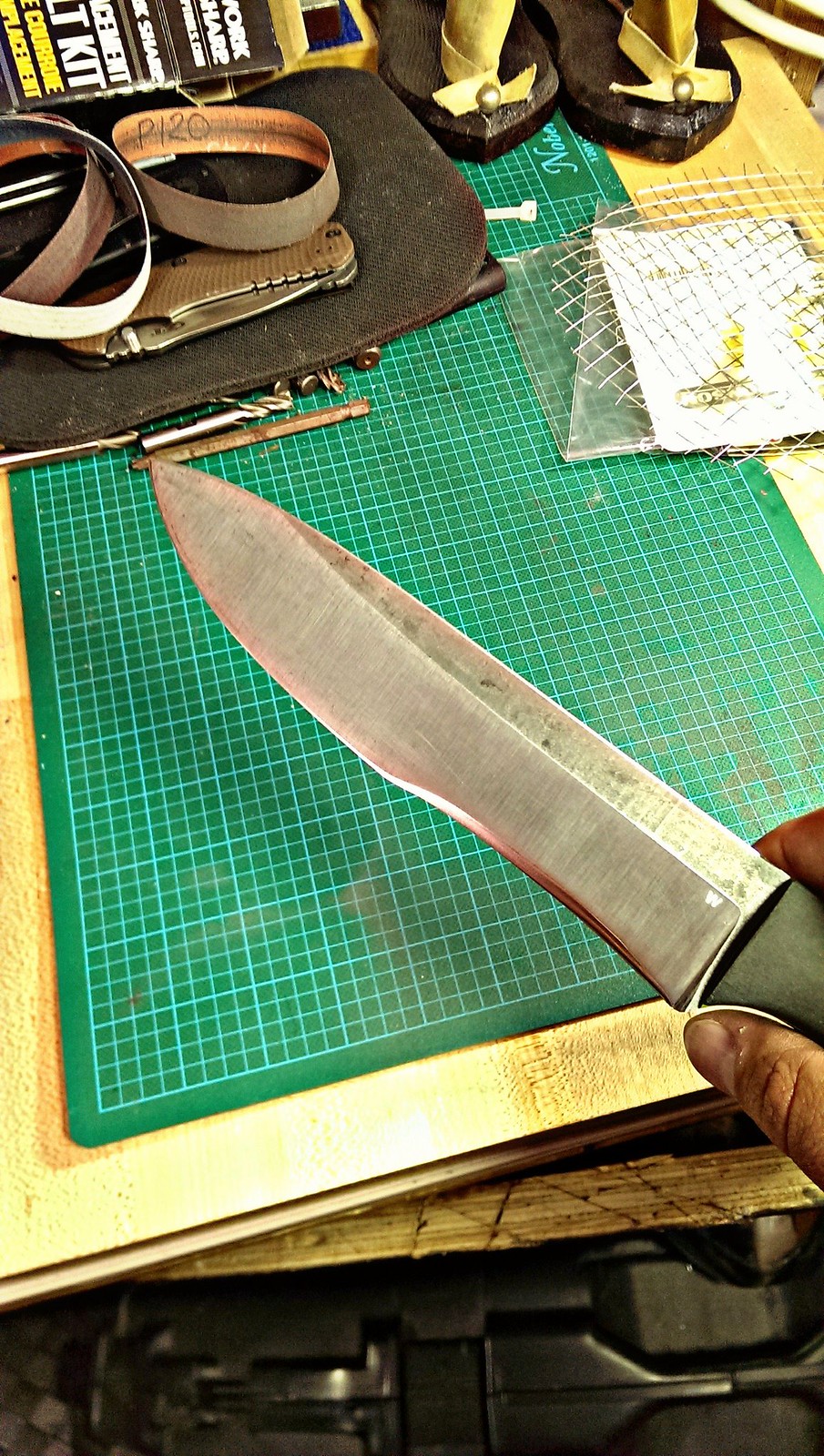- Joined
- Apr 3, 2011
- Messages
- 5,939
Here's a Manix s110v that was around .030" thick before the regrind, after it was ~.005" as requested. Gonna be a drastic improvement that's for sure!


It's also important when regrinding FFG not to allow the grind to thin down the spine much if at all:



It's also important when regrinding FFG not to allow the grind to thin down the spine much if at all:





